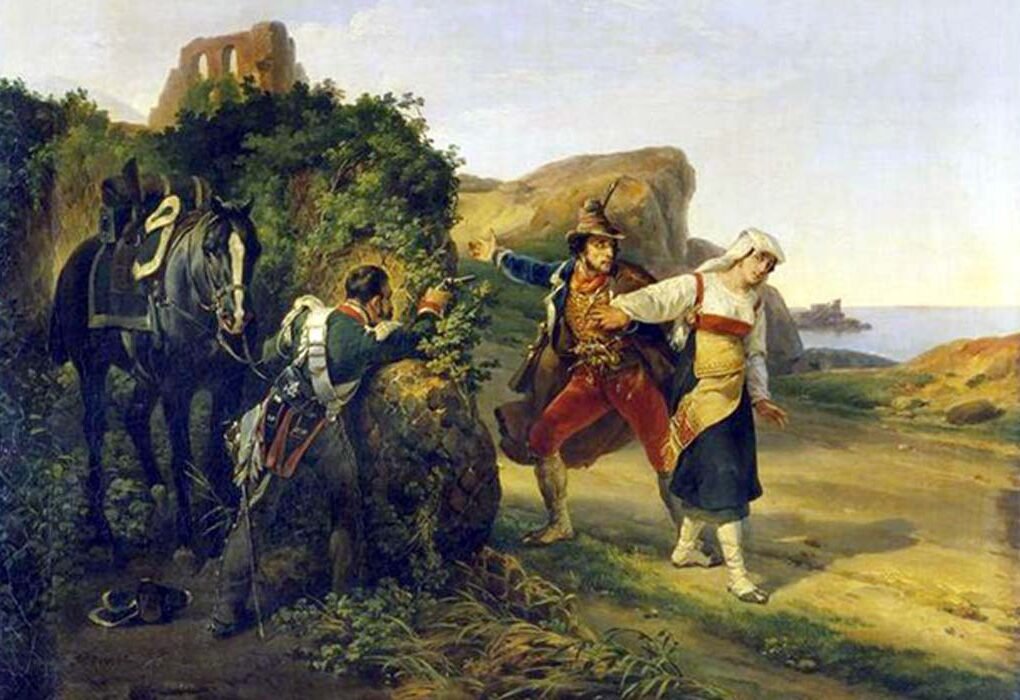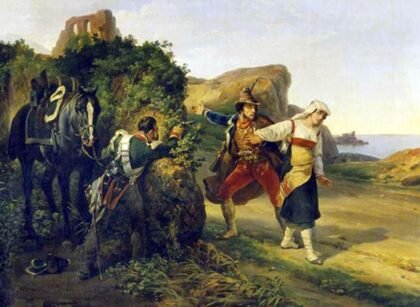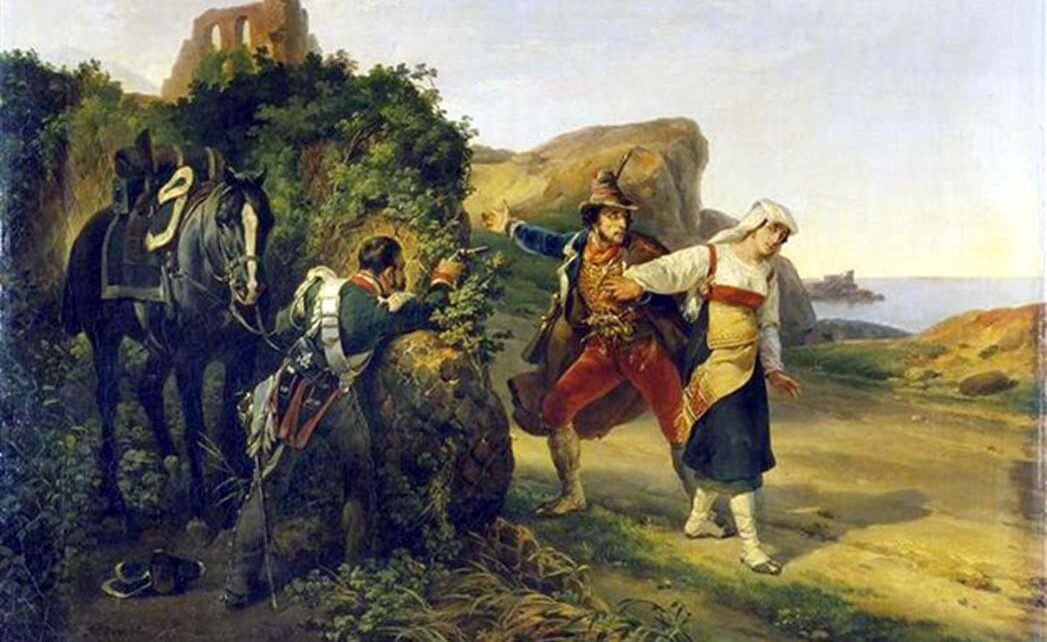Sardinia’s coastlines may shine in brochures with their turquoise seas and lazy sunlit days, but the soul of this island lies inland—where rugged mountains protect centuries-old traditions, and ancient oaths still echo through oak-lined valleys. Beyond the beach, past the olive groves and into the interior, Sardinia reveals a very different narrative—one of fierce independence, enigmatic honor codes, and deep-rooted family bonds. This isn’t the Sardinia you’ll find in glossy resort guides—it’s one guarded by time and fiercely held identity.
While many who plan a vacation in Sardinia are drawn to the island’s beaches and wines, the real adventure lies where GPS signals fade and dialects shift every few villages. In the Barbagia region, for instance, stories of clan pride, resistance to outside rule, and legendary bandits passed down for generations shape everyday life. This hidden Sardinia is rich not in luxury, but in legend. It’s a side often overlooked, but for those willing to explore beyond the usual routes, it’s unforgettable.
That’s why thoughtful itineraries curated by platforms like Travelodeal are beginning to include cultural deep dives into the island’s mysterious interior. From remote villages where shepherding traditions still reign to age-old rituals still practiced under the gaze of granite cliffs, this aspect of Sardinia is being rediscovered. These layers are often missed in standard Sardinia vacation packages, yet they form the heart of the island. While luxury seekers stick to the coast, curious minds venture inward. It’s a journey that redefines the value of most Sardinia vacation packages—adding depth, story, and something far rarer than souvenirs: true connection.
A Culture of Silence and Strength
The highland communities of Sardinia have long been known for their autonomy—not just politically, but socially and culturally. In mountain towns like Orgosolo or Mamoiada, local life operates on its own rhythm, governed more by tradition than regulation. For centuries, these regions were seen as impenetrable, even by the Italian state. And with good reason. Here, the concept of “omertà”—a code of silence—has long protected families, neighbors, and sometimes fugitives.
Historically, banditry in Sardinia was more than a criminal act—it was often a response to injustice. Outlaws were not merely feared; they were sometimes revered as folk heroes who stood up to authority and defended their communities. This dual identity—criminal to the outside world, guardian to their own—has fueled Sardinia’s most enduring legends.
Clan Codes and Hidden Histories
The island’s mountain clans are built not only on bloodlines but on intricate social contracts—unwritten rules that bind generations. Hospitality is sacred, and honor is paramount. Disputes, even today, are often resolved through ancient negotiation customs. A handshake here can still mean more than a signature.
These communities also preserve Sardinia’s linguistic and ritual diversity. Festivals like “Mamuthones” in Mamoiada, with masked figures dancing to drumbeats, reflect pre-Christian traditions believed to ward off evil and bring prosperity. They’re not performed for tourists—they’re lived expressions of identity. Witnessing them is a privilege, and understanding them requires respect for the layers of meaning behind each mask, each movement.
The Modern Face of Mystery
Today, Sardinia’s mountain mystique is not frozen in time. Young locals are returning to their ancestral towns, reviving old crafts, opening up cultural centers, and finding new ways to share their heritage with the world. But they do so on their own terms—balancing visibility with protection, story-sharing with story-holding.
For the traveler willing to look beyond the postcard view, this Sardinia rewards with more than photos. It offers stories whispered over fires, meals that taste of memory, and landscapes carved by myth.
Conclusion: The Journey into the Heart
Sardinia’s beaches are breathtaking, but the island’s interior is what stays with you. Here, amid stone villages and whispering forests, lies a deeper Sardinia—one shaped by loyalty, legend, and time. Exploring this world is not about ticking off landmarks; it’s about listening, feeling, and understanding a culture built on resilience and ritual.
So next time you’re drawn to Sardinia, remember—some of the most unforgettable places don’t come with a map.











